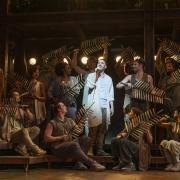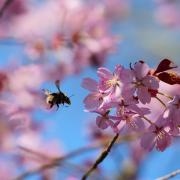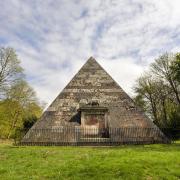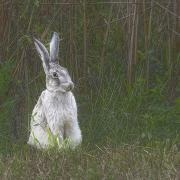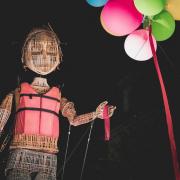Patricia Lesley visited the star show at Norwich's Sainsbury Centre this spring - Pablo Picasso: The Legacy of Youth
The first attraction in this exhibition is a charcoal and conté drawing on paper of a male nude, made by Picasso, aged 15, in 1896. His compositions featuring images which look cut up, and reassembled on a flat background, do not appear until later in his career.
The bizarre aspect of his art developed after he moved from Barcelona to Paris in 1901 and is thought to be a protest against the tyranny of tradition he grew up with. What is more the atmosphere during his formative years was fraught with social unrest, revolution and war.
Picasso studied at the school in which his father taught art, and later in the academies of Barcelona and Madrid.

Since the Reformation the art market had changed. Commissions for elaborate altarpieces and fresco decreased. Artists were deprived of work. So, the French Royal Academy was founded but many artists were disappointed and angry if their work was rejected. Fortunately, entrepreneurial art lovers recognised the need for galleries.
In this exhibition next to Picasso’s male nude is a conté crayon cartoon titled: The Artist’s Father, who recognising his son’s enthusiasm and talent for art, rented a room for him in which to work. The bold, continuous line of this three-quarter view drawing signifies Picasso’s confidence and determination to succeed.
![Great British Life: Jardin Public [Public Garden], Pablo Picasso, 1901 © Succession Picasso and DACS, London 2022 Great British Life: Jardin Public [Public Garden], Pablo Picasso, 1901 © Succession Picasso and DACS, London 2022](/resources/images/15712824.jpg?type=mds-article-575)
Across the room hangs his oil painting on board, titled Public Garden dated 1901. The picture is Impressionistic and begins a colourful break with his academic studies. Next for comparison there is Pierre Bonnard’s 1896 oil painting of a park.
These simple compositions are similar to backgrounds of works depicting Bible stories which were painted by artists of the Middle Ages. The 19th and early 20th century artists were, metaphorically, in the background and needing recognition. The Frugal Meal an etching dated 1904 is an image depicting two starving people seated behind a table. Their elongated emaciation recalls El Greco, whose imagery would have been well-known to Picasso and, probably, reveals Picasso’s suffering at that time.
The crayon and charcoal picture titled Woman Combing her Hair is a happier and softer image. However, the stylised face hints at Picasso’s evolving abstract concept which appears in his later work.
The outsize head and huge slanting eyes may have been inspired by ancient Iberian sculpture to which Picasso was attracted.
By 1907 he broke away from tradition completely, in association with Georges Braque. Dark outlines, muted colour and angularity pattern Picasso’s oil painting titled Pots and Lemon. Velazquez and Goya’s flamboyant realism is forgotten for the time being.
Yet not quite all the work of Spanish Golden Age artists is ignored. The memory of El Greco’s elongated figures seems to have stayed with Picasso during the ‘Blue Period’ and is evident those works depicting the poor of Paris. Indeed, Picasso was one of them for a while.

La Madrilèna, portrait of a young lady shows the influence of Van Gogh in the generously speckled application of colour. Her proud stance and finery possibly reminded Picasso of family and the comfortable home-life he had left.
Head of a Woman, 1926, shows two heads and perhaps refers to the exciting visual confusion created by the up-and-coming art of film-making.
The exhibition is a thoughtfully planned introduction to Picasso. The concentration, imagination, wit and skill evident in his pictures are inspiration which leaves the visitor wanting to know more about the man and his work.
Pablo Picasso: The Legacy of Youth, until July 17. sainsburycentre.ac.uk













